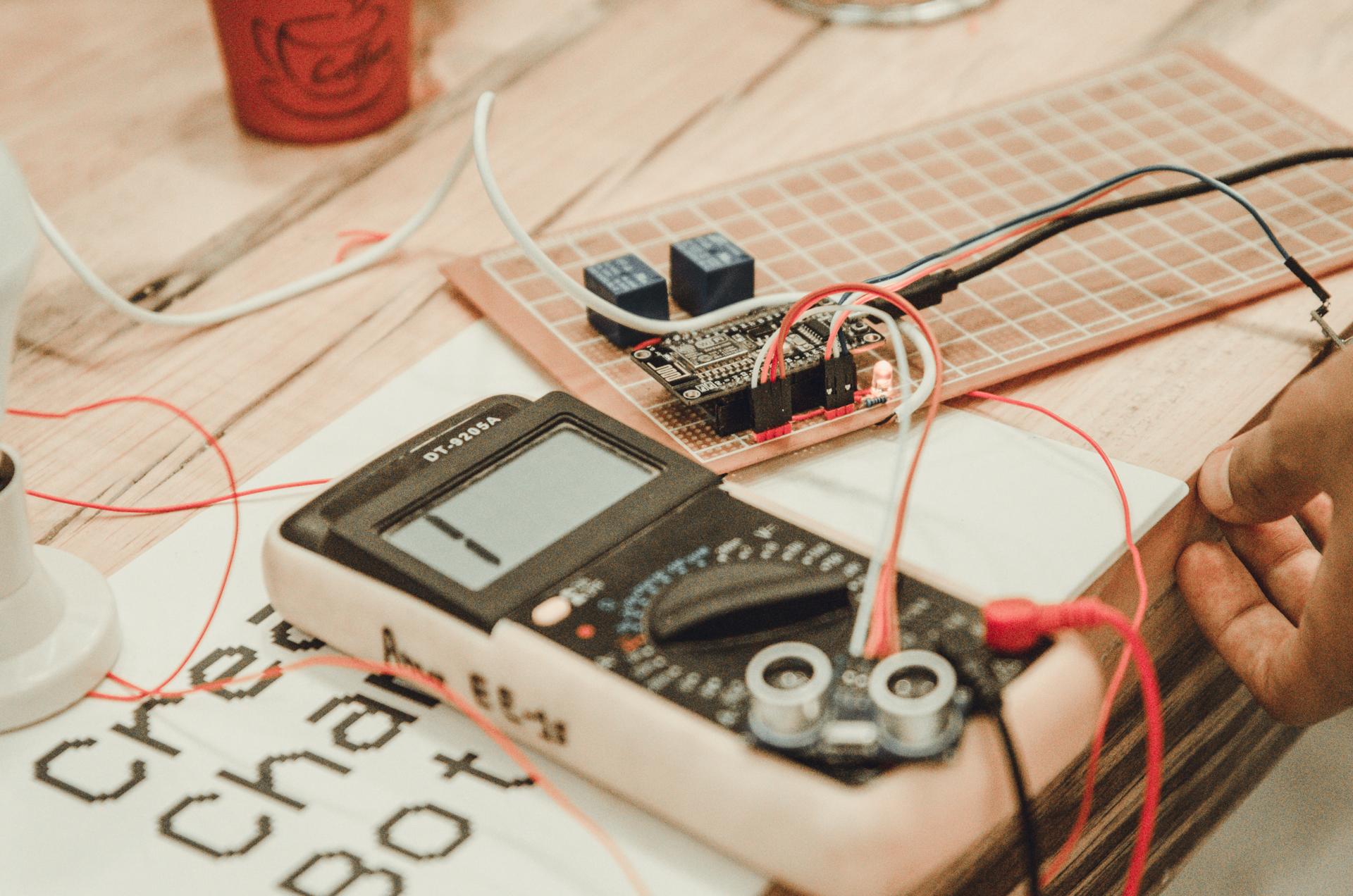Electrical Safety Testing in Your House: What You Need to Know

In terms of home safety one of the most crucial aspects to be considered is electrical safety. Testing for electrical safety is the process of checking the electrical system within your home to be sure it’s safe and up-to-code. In this article, we’ll provide you with the basics of what electrical safety tests are, what tools you’ll need in order to carry them out, how to perform the tests, and the warning signs to look out for.
What’s an Electrical Safety Test?
An electrical safety test is the procedure of examining the electrical system inside your home to verify that it’s functioning safely and in a proper manner. The importance of electrical safety tests is as they can avoid electrical fires and accidents and also ensure the long-term durability that your electric system has.
Equipment Required for an Electrical Safety Test
To conduct an electrical safety check, you’ll need a few essential equipment. They include a voltage tester and a continuity tester circuit tester, and the outlet tester. It is utilized to look for live circuits, whereas the continuity tester is used to check for damaged circuits. Circuit testers are used to look for wiring issues, and outlets testers are utilized to identify electrical issues in outlets. It is crucial to use the tools correctly in order to obtain accurate results.
How do I Conduct an Electrical Safety Test
To perform an electric safety check in your home take these steps:
Turn off the power to the circuit you’re trying to test.
Make use of your voltage tester to check for live circuits.
Use the test for continuity to test for broken circuits.
Use the circuit tester for checking for any wiring issues.
Utilize the tester for outlets to find any wiring issues within the outlets.
During the process of testing, be sure to look for any evidence of wear or damage on the wires that could indicate damaged or frayed wires, burn marks and loose wires. If you discover any problems, it’s important to address them as quickly as you can to avoid potential hazards.
Signals of electrical problems to be Watchful For
There are a variety of indicators that may indicate electrical problems in your home. They include flickering light bulbs, frequent circuit breaker tripping noises that crackle or buzz emanating from outlets. They also include the appearance of outlets that are discolored or hot as well as a burning smell. If you observe any warning signs, it’s important to get to work immediately to avoid any electrical dangers.
Conclusion
Safety tests for electrical appliances are essential for ensuring the safety of your home and your family. Through regular testing and fixing any issues quickly you will be able to prevent hazards to electrical equipment and extend the life of your electric system. If you need help with electrical testing or repairs Don’t hesitate to reach out to Local Electrician Kellyville. Our knowledgeable team will provide you with expert guidance and assistance. Contact us via 1300 864 148 to schedule an appointment or request a quotation.
FAQ Section
What is the recommended frequency to do an electrical safety test at my home?
We recommend conducting electrical safety tests at least once a year.
Can I conduct an electrical safety test on my own or do I need the help of a specialist?
While you can perform an electrical safety test on your own however, it’s advised to employ an expert to guarantee accurate results and to avoid any potential dangers.
Which are the top common electrical issues that are discovered in an electrical safety check?
The most frequent electrical issues discovered during a safety check are malfunctioning wiring, overloaded circuits, and outdated electrical systems.
What do I do if encounter a problem during the electrical safety test?
If you find an issue in the electrical safety test it is important to take action immediately. This may include making contact with an expert electrician to fix the problem, or replacing faulty equipment.
